In Brussels, Titus Kaphar recasts the figures in Renaissance Christian art
In a deconsecrated church in Brussels, American painter Titus Kaphar confronts representation in Renaissance iconography. Here, we offer a virtual walkthrough of the artist’s solo show, ‘The Evidence of Things Unseen’
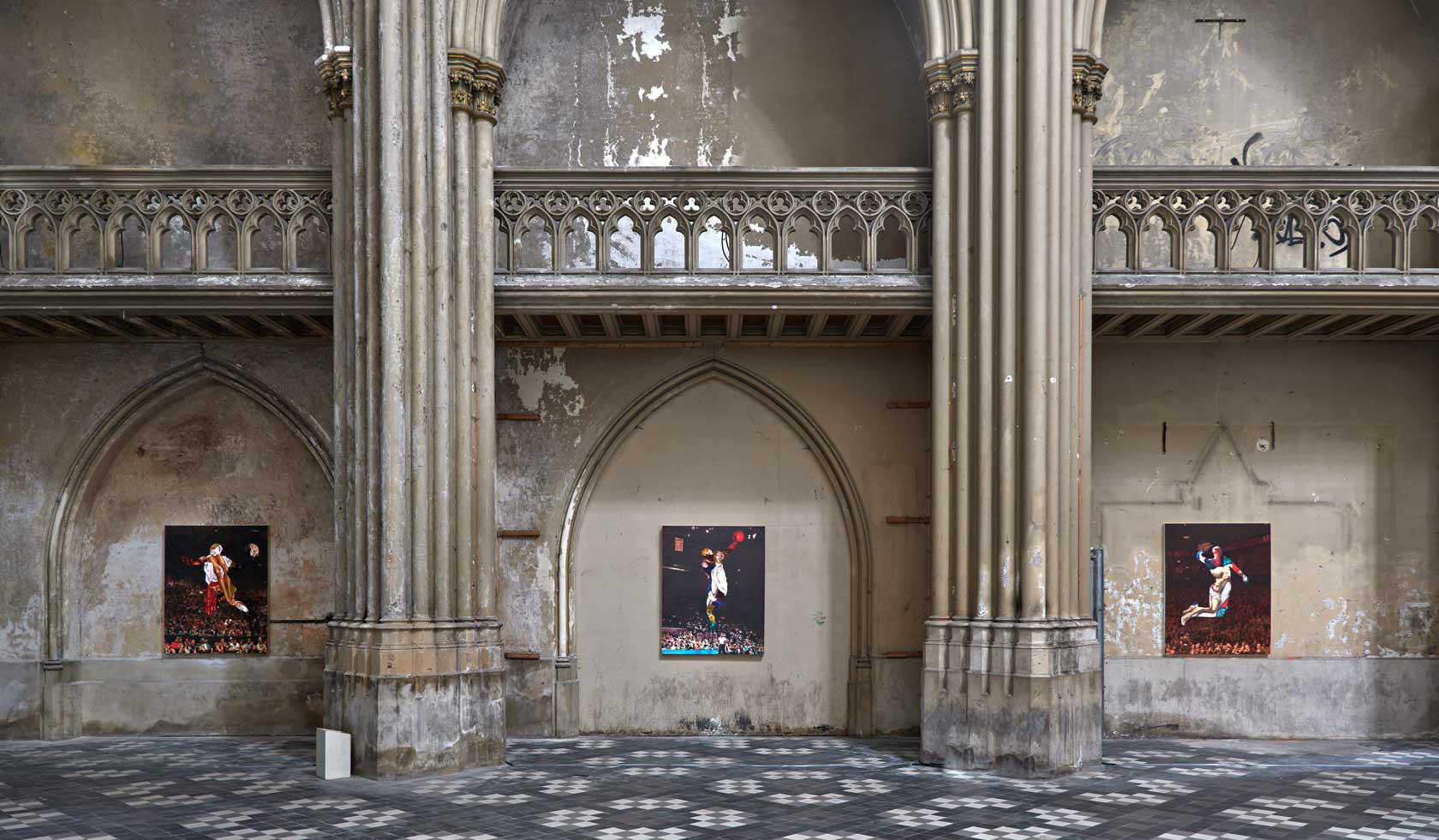
Titus Kaphar’s ability to prompt reflection on long-standing systemic oppressions, particularly through his dismantling and reconfiguration of classical structures in Western art, has never felt more poignant than in these times. His signature approach of deconstructing established iconography and imagery, and then rebuilding them with the inclusion of Black possibilities and representation has struck a resonant chord, especially in the way it encourages viewers to reassess the cultural canon and question how it came to be so.
Kaphar’s elegant and powerful dialogue takes on added significance in a new solo exhibition that’s currently being staged at L’Église du Gesú in Brussels, a deconsecrated church. Organised by the gallery Maruani Mercier and titled ‘The Evidence of Things Unseen’, the show presents new and recent works that address the issue of representation in Renaissance Christian imagery. Alongside this show, Kaphar is also presenting a series of new paintings in ‘From a Tropical Space’, a solo exhibition at Gagosian in New York.
In Brussels, set within the church’s crumbling, graffitied walls and neo-Gothic architecture, the array of works on view range from precise oil paintings to three-dimensional physical interventions that reinterpret historical artworks. An arresting rumpled canvas, titled Susan and the Elders sees Kaphar put his spin on the well-known narrative that originates from the Roman Catholic and Orthodox Church, just like masters such as Rembrandt, Tintoretto, Van Dyck and Rubens did before him. Dynamically crumpled, undulating and protruding from the wall, it fights its way into the viewer’s space to be fully reckoned with.
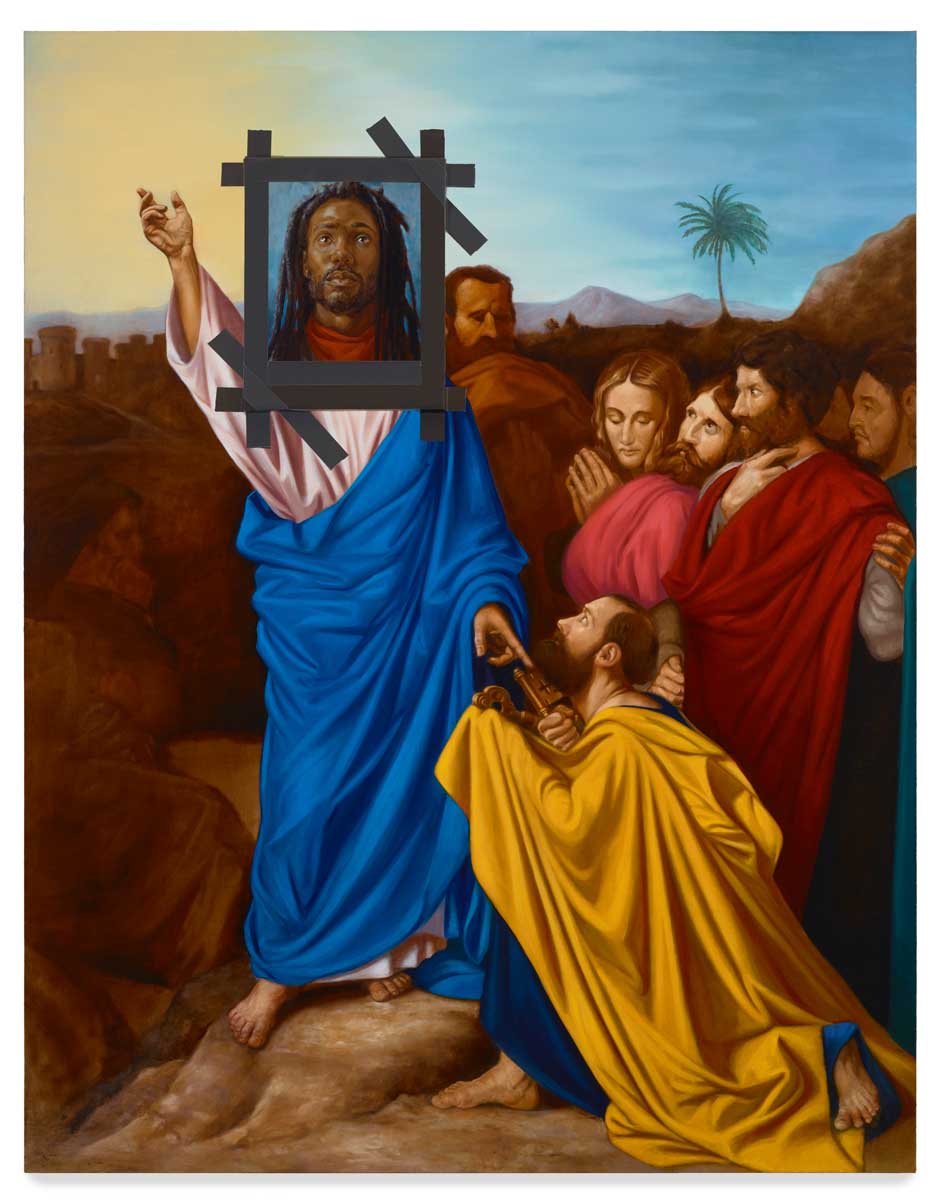
In another piece, Jesus Noir, the Michigan-born artist covers the face of Christ with a portrait of a young Black man using duct tape, thus imbuing the work with a sense of poignant urgency.
Beyond the venue’s religious significance, the presentation of the works in Belgium itself – the home of Northern Renaissance art – brings another layer of meaning to the exhibition. In Kaphar’s work, biblical figures are either glaringly erased using tar or adapted to reflect a contemporary context. Ascension III for example, sees the silhouettes of god-like sports figures created from a mélange of classical iconography.
‘If we don’t amend history by making new images and new representations, we are always going to be excluding ourselves,’ Kaphar states. There certainly is no going forward if we can’t look back.
Installation video of ’The Evidence of Things Unseen’, a solo exhibition of Titus Kaphar at L’Église du Gesú, Brussels, 2020 (c) Dave Bruel. Courtesy MARUANI MERCIER
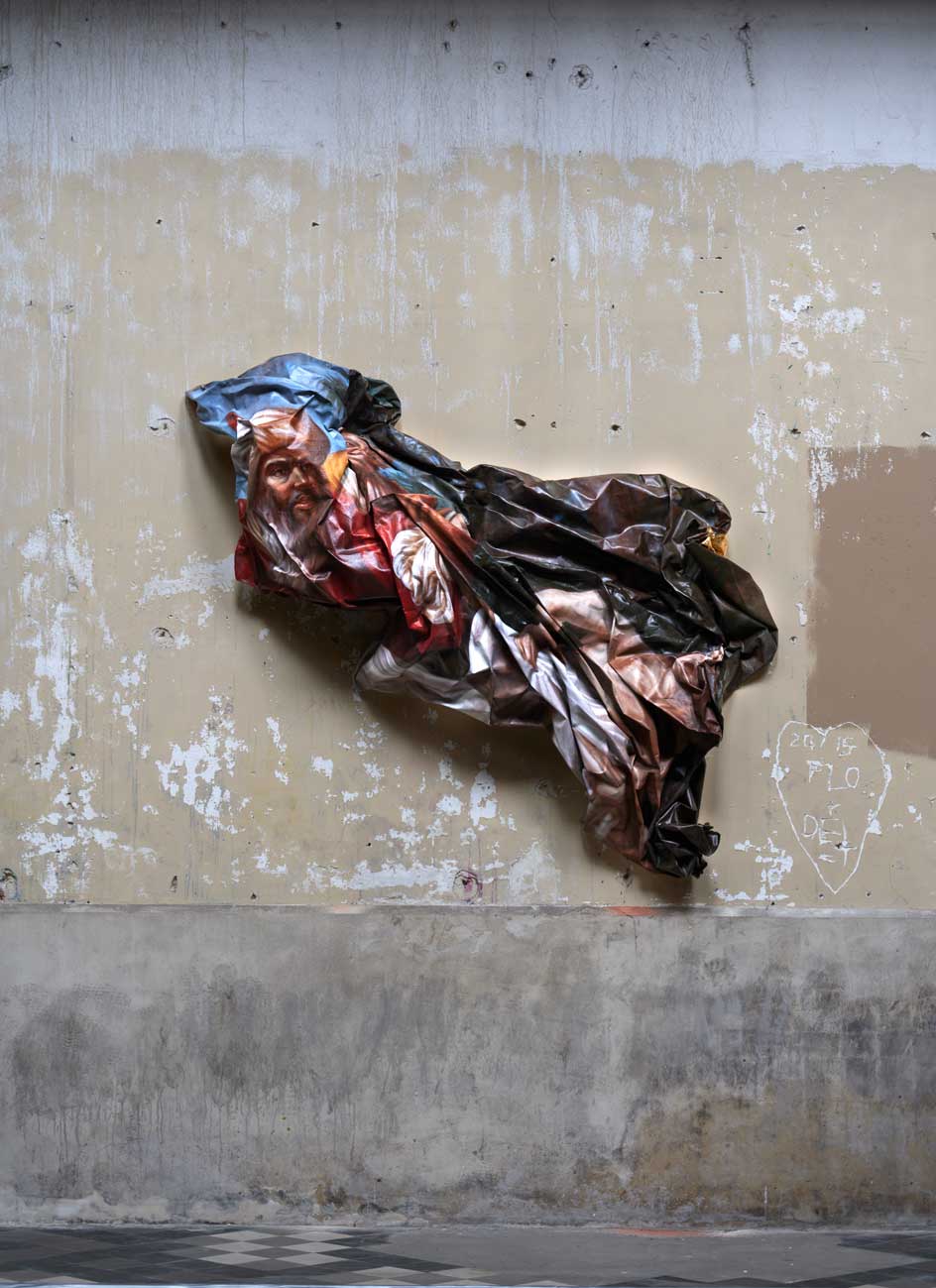
Installation view of 'The Evidence of Things Unseen', a solo exhibition of Titus Kaphar at L’Église du Gesú, Brussels, presented by MARUANI MERCIER.
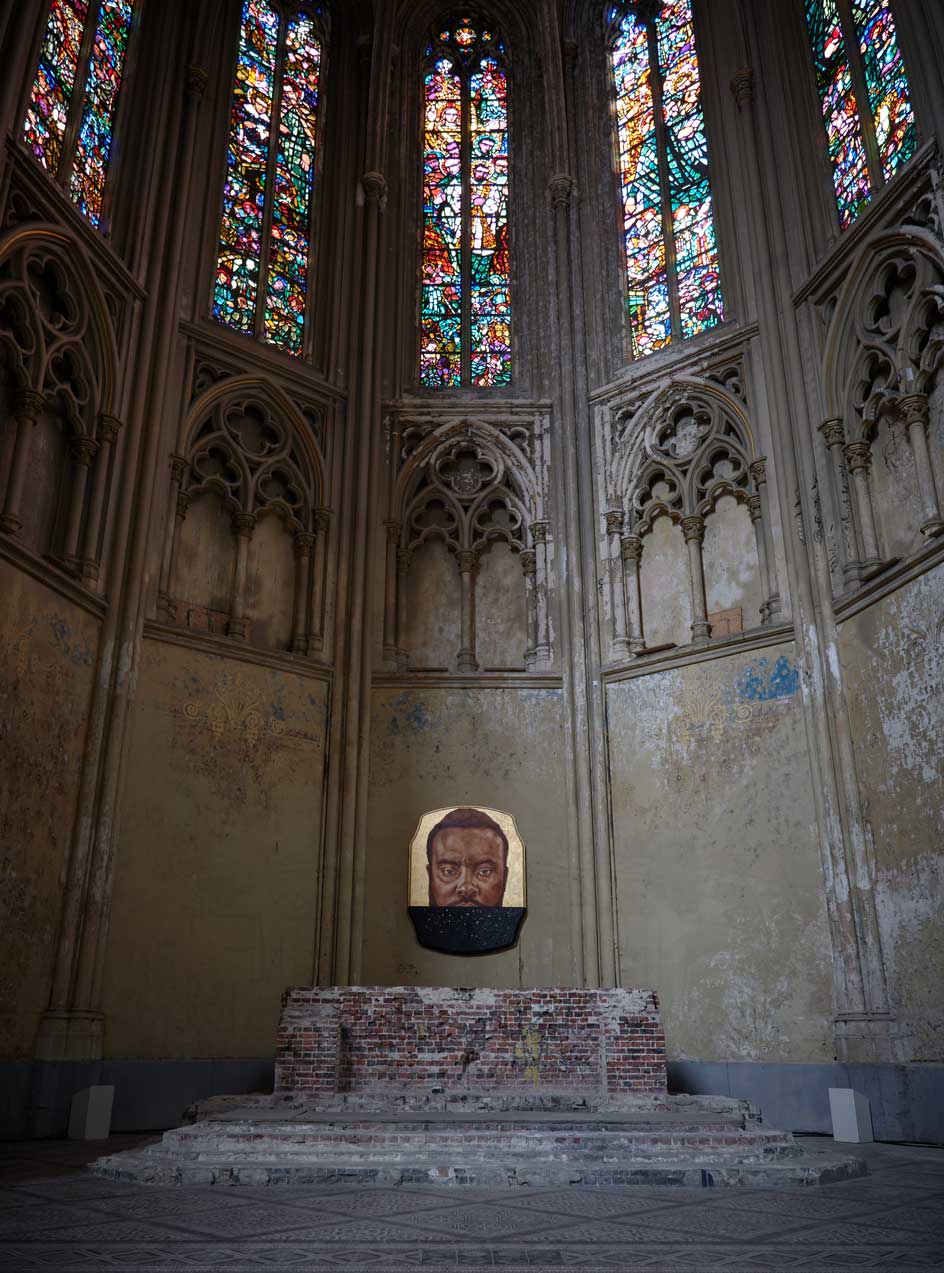
Installation view of 'The Evidence of Things Unseen', a solo exhibition of Titus Kaphar at L’Église du Gesú, Brussels, presented by MARUANI MERCIER.
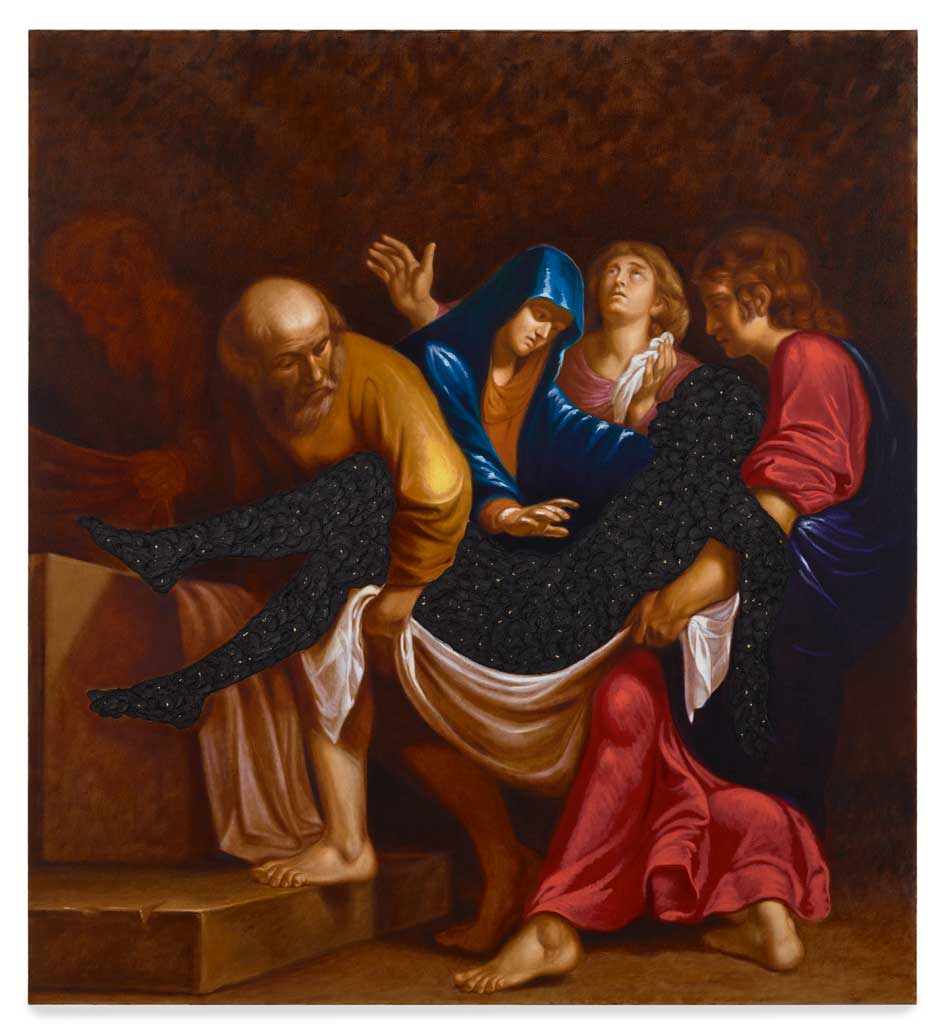
Titus Kaphar, Untitled, 2020, oil and tar on canvas.
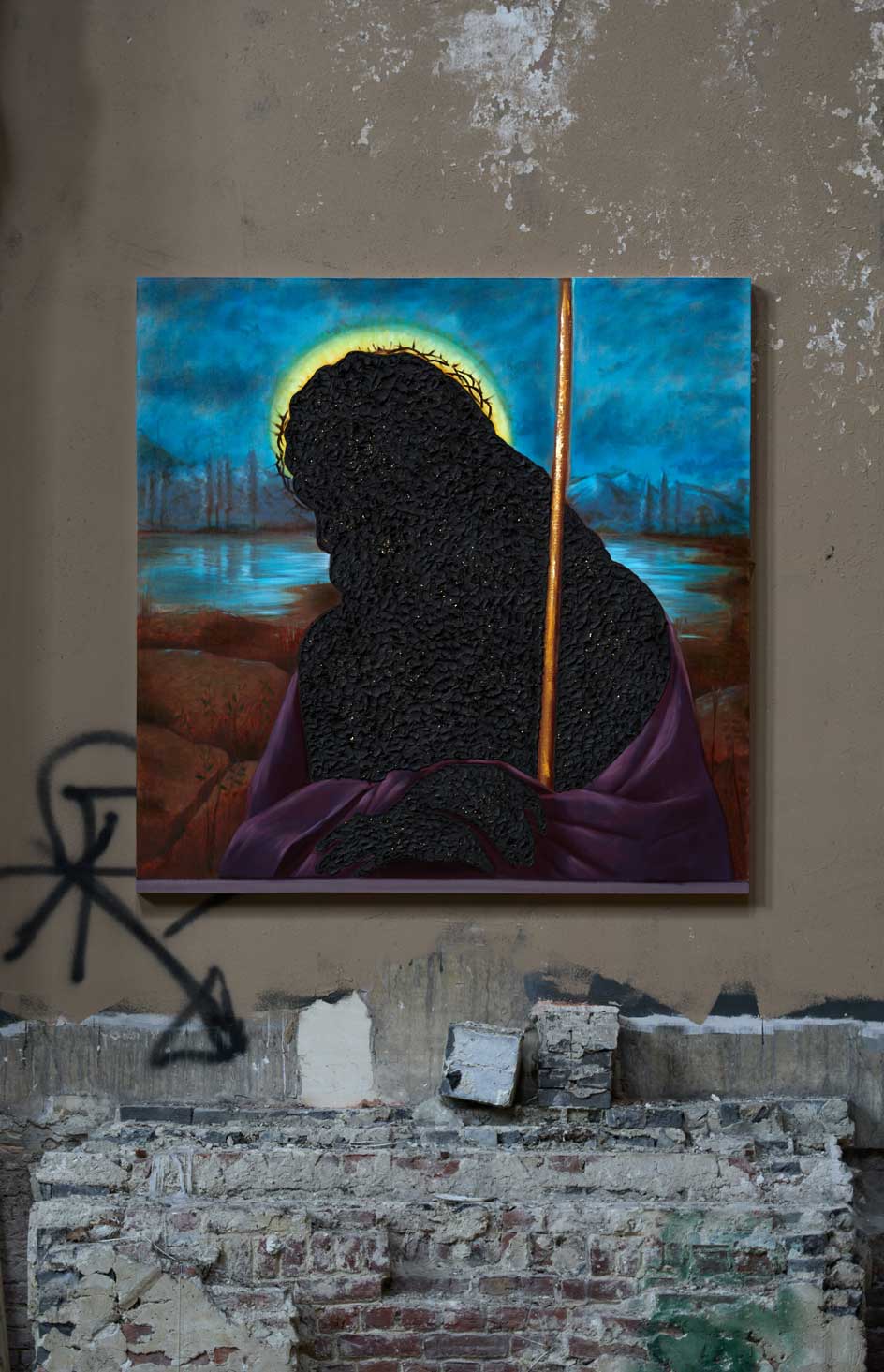
Installation video of 'The Evidence of Things Unseen’, a solo exhibition of Titus Kaphar at L’Église du Gesú, Brussels, 2020
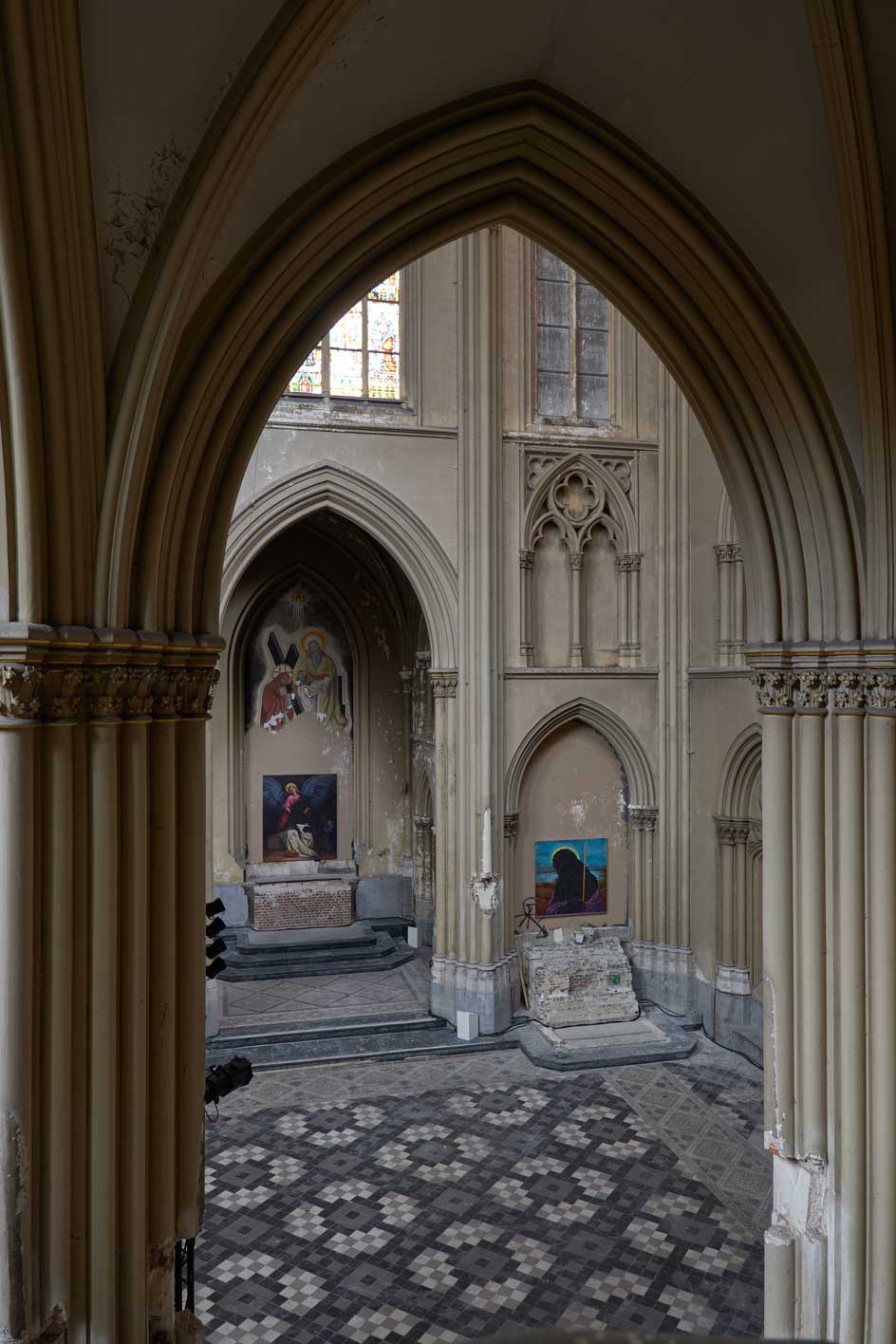
Installation video of 'The Evidence of Things Unseen’, a solo exhibition of Titus Kaphar at L’Église du Gesú, Brussels, 2020
INFORMATION
‘The Evidence of Things Unseen’ is available to view online at maruanimercier.com
Kaphar's concurrent exhibition, 'From a Tropical Space' is on view at Gagosian West 21st Street, New York until 19 December. gagosian.com
Receive our daily digest of inspiration, escapism and design stories from around the world direct to your inbox.
Pei-Ru Keh is a former US Editor at Wallpaper*. Born and raised in Singapore, she has been a New Yorker since 2013. Pei-Ru held various titles at Wallpaper* between 2007 and 2023. She reports on design, tech, art, architecture, fashion, beauty and lifestyle happenings in the United States, both in print and digitally. Pei-Ru took a key role in championing diversity and representation within Wallpaper's content pillars, actively seeking out stories that reflect a wide range of perspectives. She lives in Brooklyn with her husband and two children, and is currently learning how to drive.
-
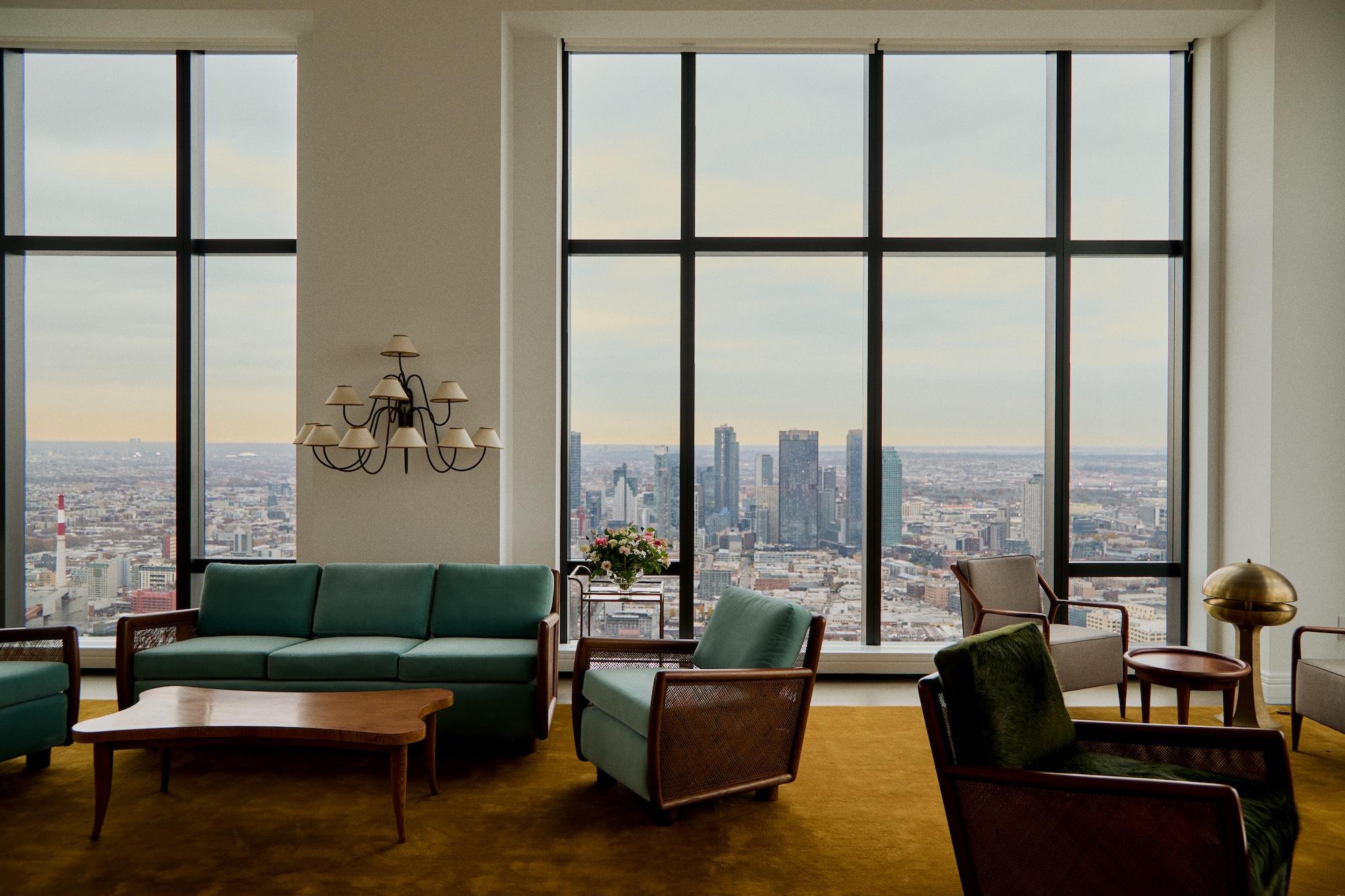 A breathtaking exhibition celebrating modernism’s transatlantic ties soars above Manhattan
A breathtaking exhibition celebrating modernism’s transatlantic ties soars above ManhattanCurated by interior designer Andre Mellone, 'Crossed Trajectories' at Galerie Gabriel's penthouse explores connections between nomadic post-war creatives Jean Royère, Roberto Platé and more
-
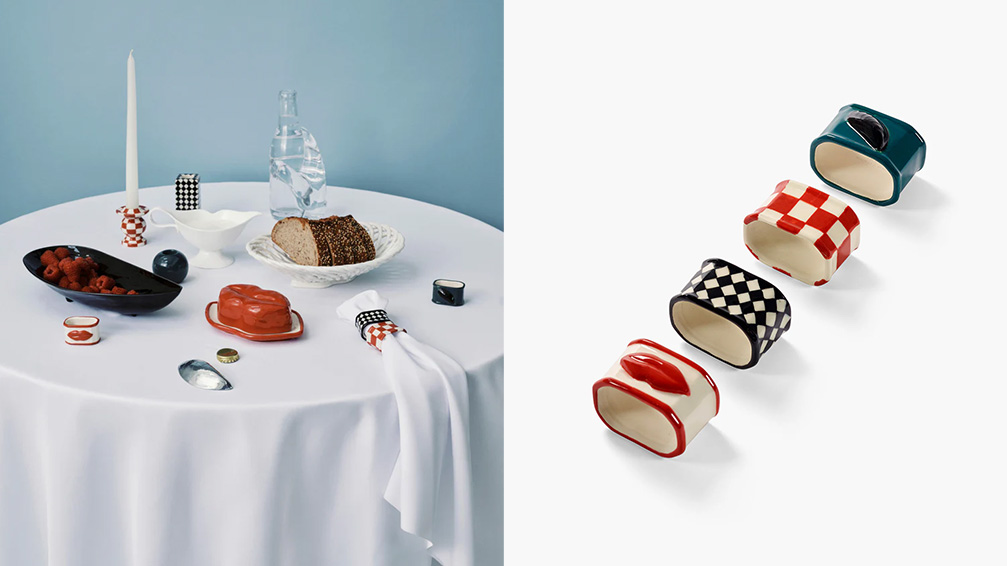 Sculptural, design-led napkin rings for festive tables
Sculptural, design-led napkin rings for festive tablesThe simple napkin ring harbours the potential to bring a stylish punch of personality to any table setting
-
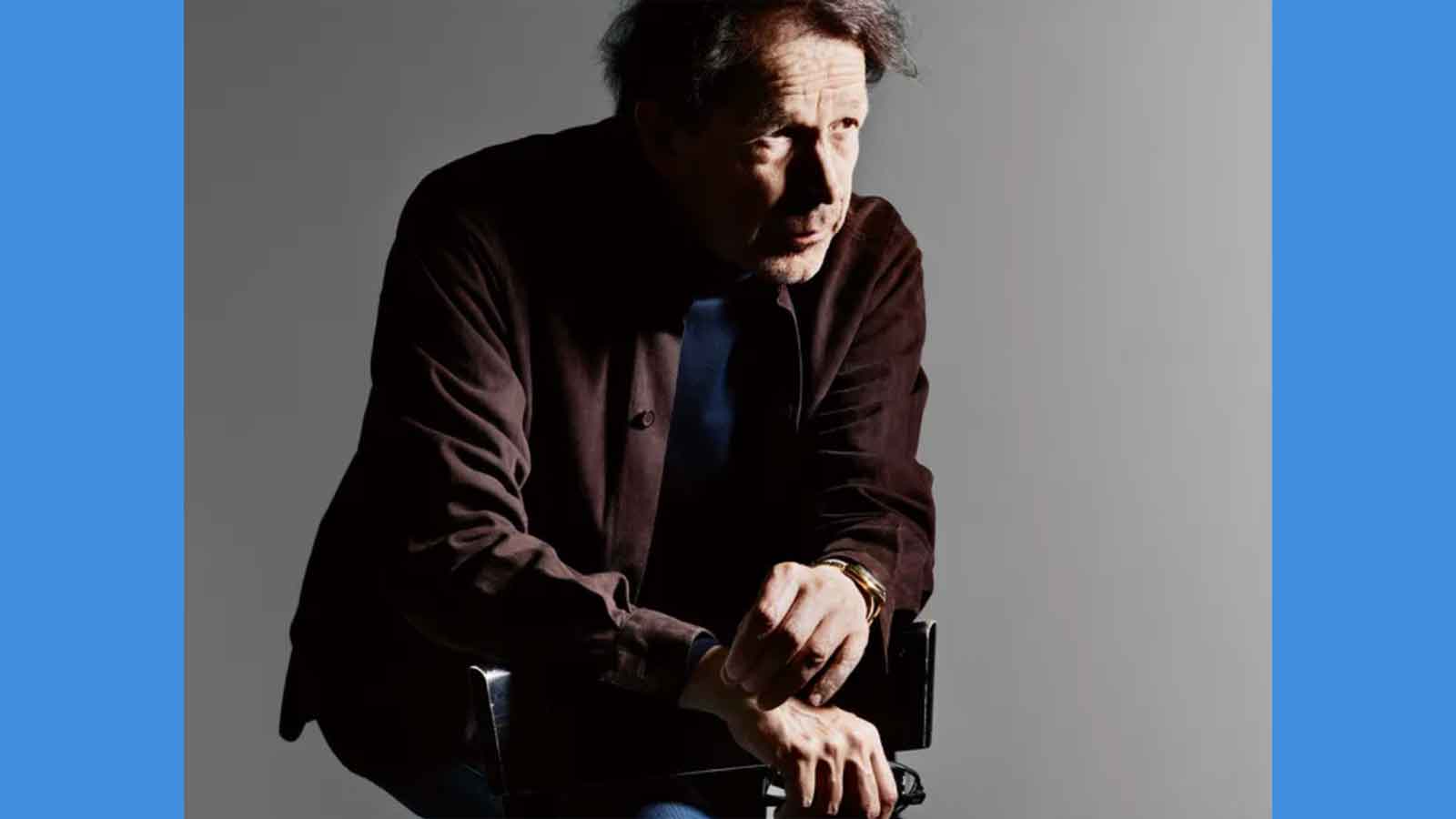 How Peter Saville came to art direct the best of contemporary culture
How Peter Saville came to art direct the best of contemporary cultureFrom Peter Saville's first steps with Factory Records and legendary album designs to his later work in art and fashion: we chart the history of the British art director
-
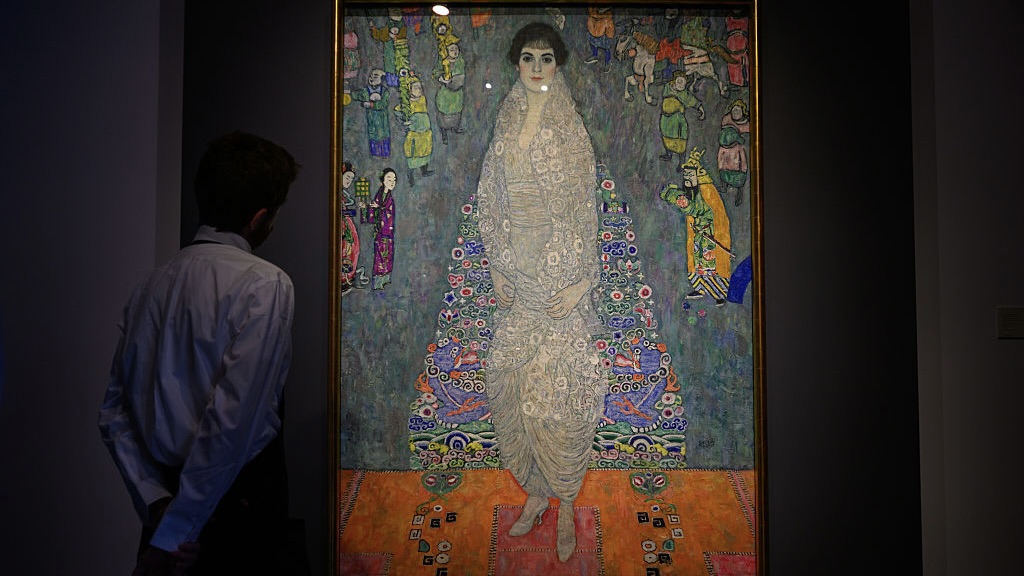 This Gustav Klimt painting just became the second most expensive artwork ever sold – it has an incredible backstory
This Gustav Klimt painting just became the second most expensive artwork ever sold – it has an incredible backstorySold by Sotheby’s for a staggering $236.4 million, ‘Portrait of Elisabeth Lederer’ survived Nazi looting and became the key to its subject’s survival
-
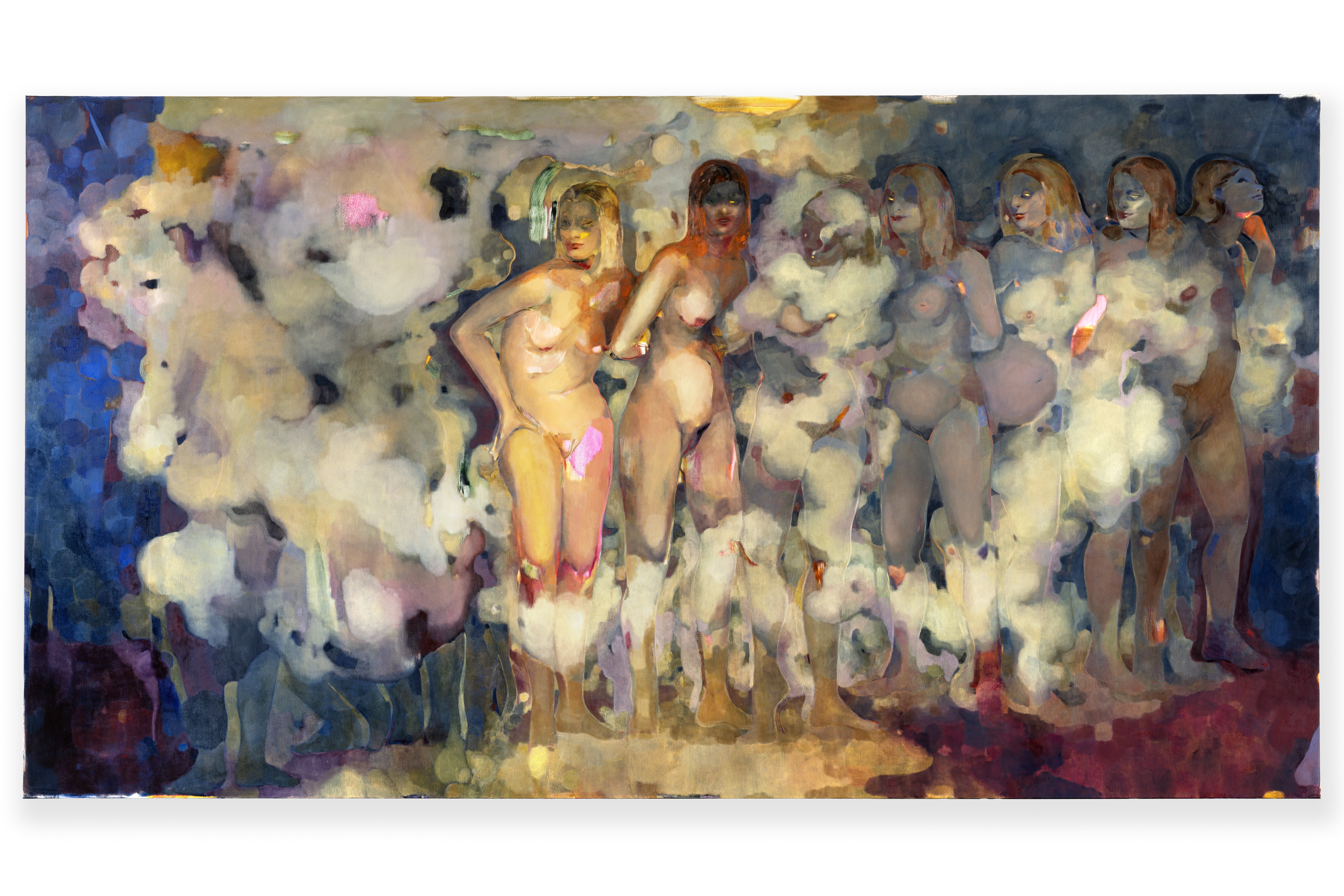 Meet Eva Helene Pade, the emerging artist redefining figurative painting
Meet Eva Helene Pade, the emerging artist redefining figurative paintingPade’s dreamlike figures in a crowd are currently on show at Thaddaeus Ropac London; she tells us about her need ‘to capture movements especially’
-
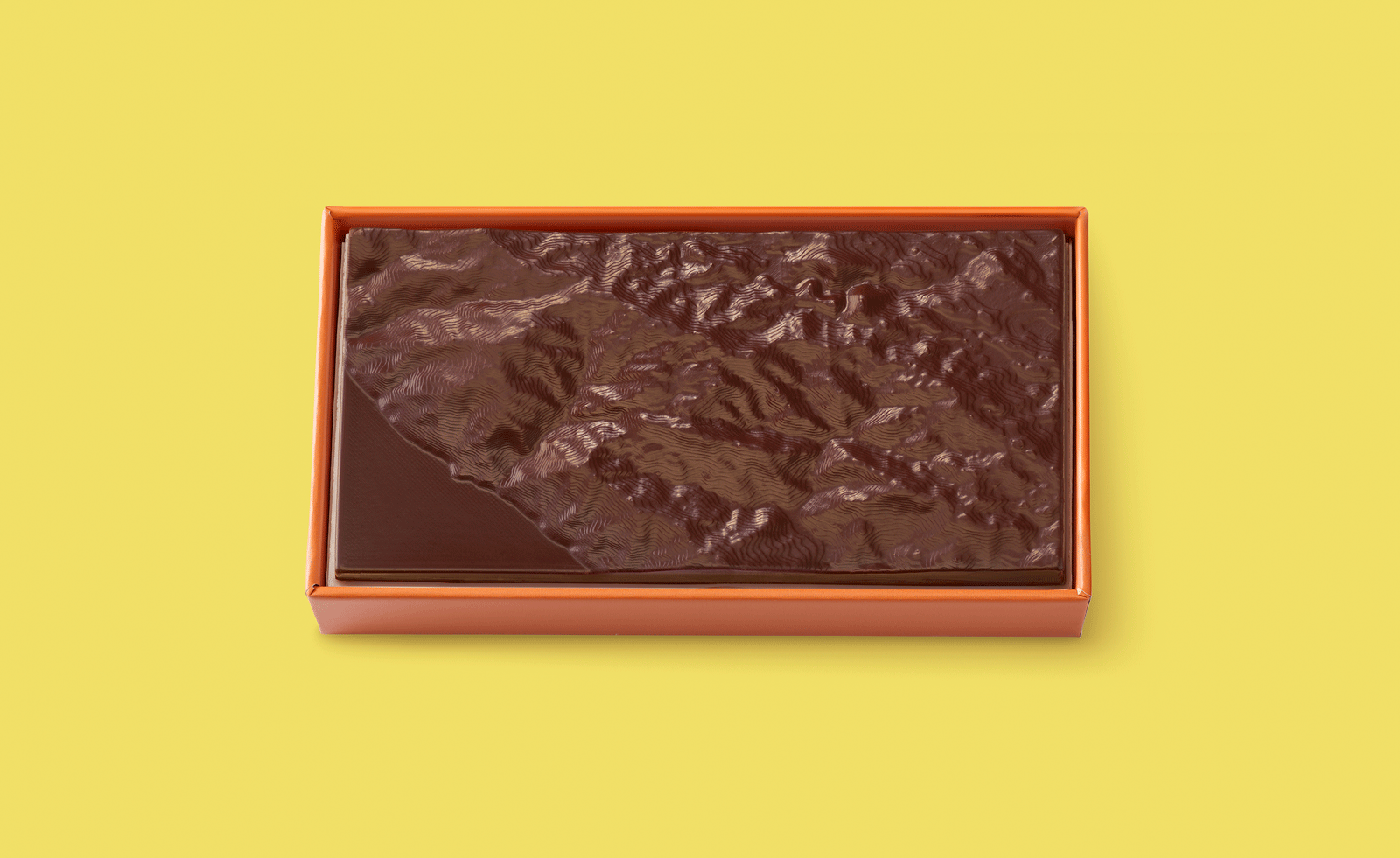 Ed Ruscha’s foray into chocolate is sweet, smart and very American
Ed Ruscha’s foray into chocolate is sweet, smart and very AmericanArt and chocolate combine deliciously in ‘Made in California’, a project from the artist with andSons Chocolatiers
-
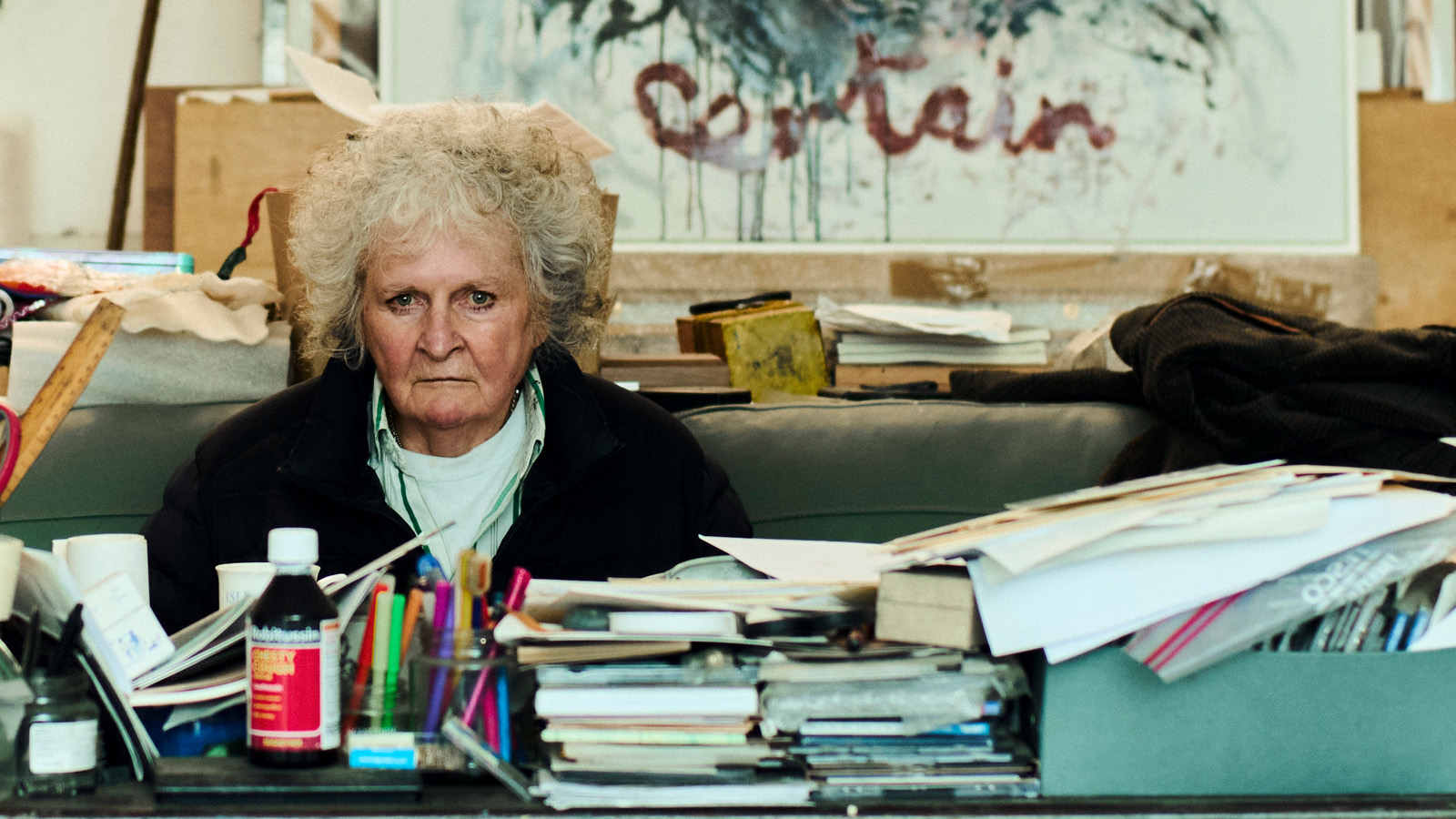 Maggi Hambling at 80: what next?
Maggi Hambling at 80: what next?To mark a significant year, artist Maggi Hambling is unveiling both a joint London exhibition with friend Sarah Lucas and a new Rizzoli monograph. We visit her in the studio
-
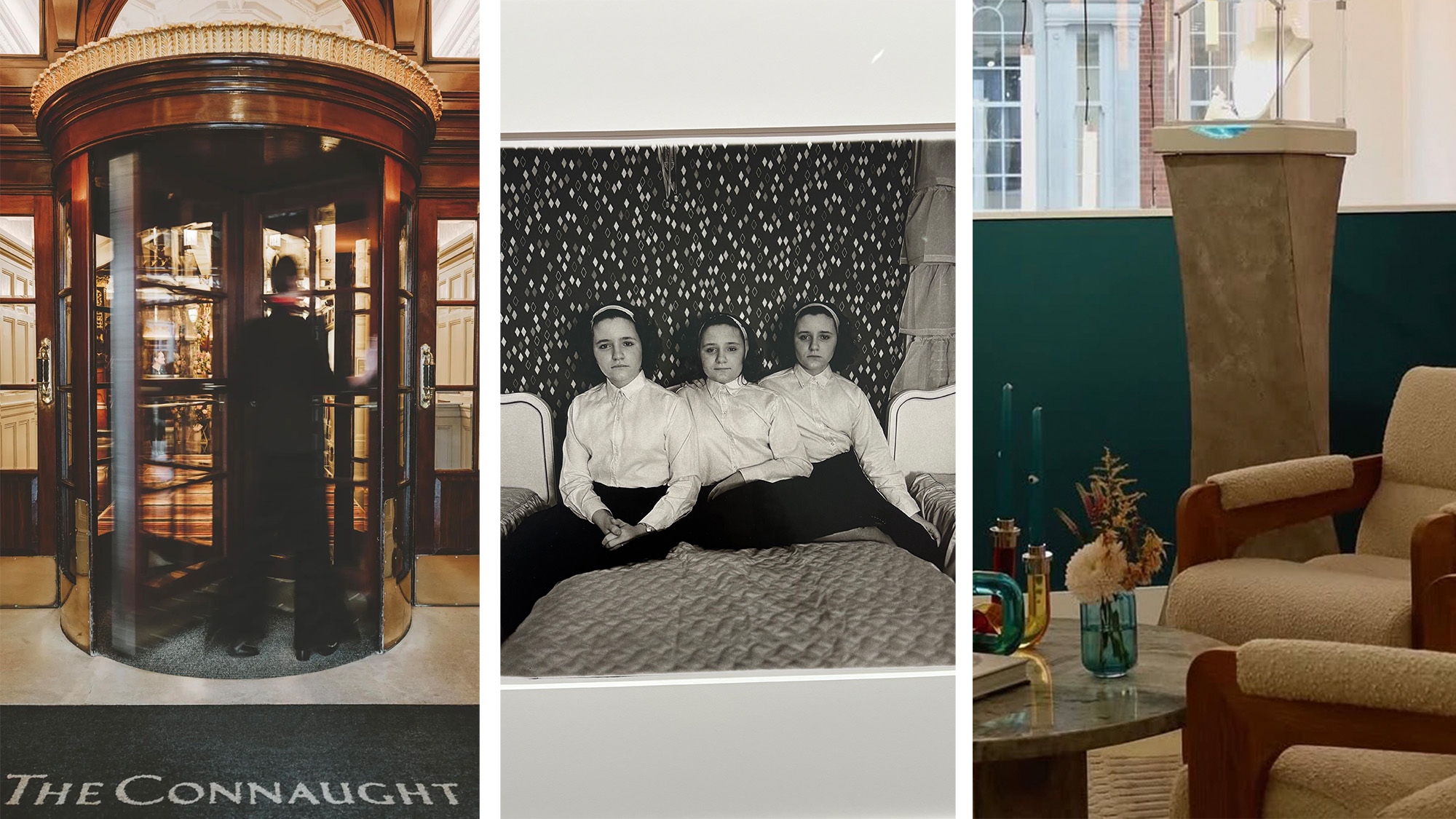 Out of office: The Wallpaper* editors’ picks of the week
Out of office: The Wallpaper* editors’ picks of the weekThis week, the Wallpaper* editors curated a diverse mix of experiences, from meeting diamond entrepreneurs and exploring perfume exhibitions to indulging in the the spectacle of a Middle Eastern Christmas
-
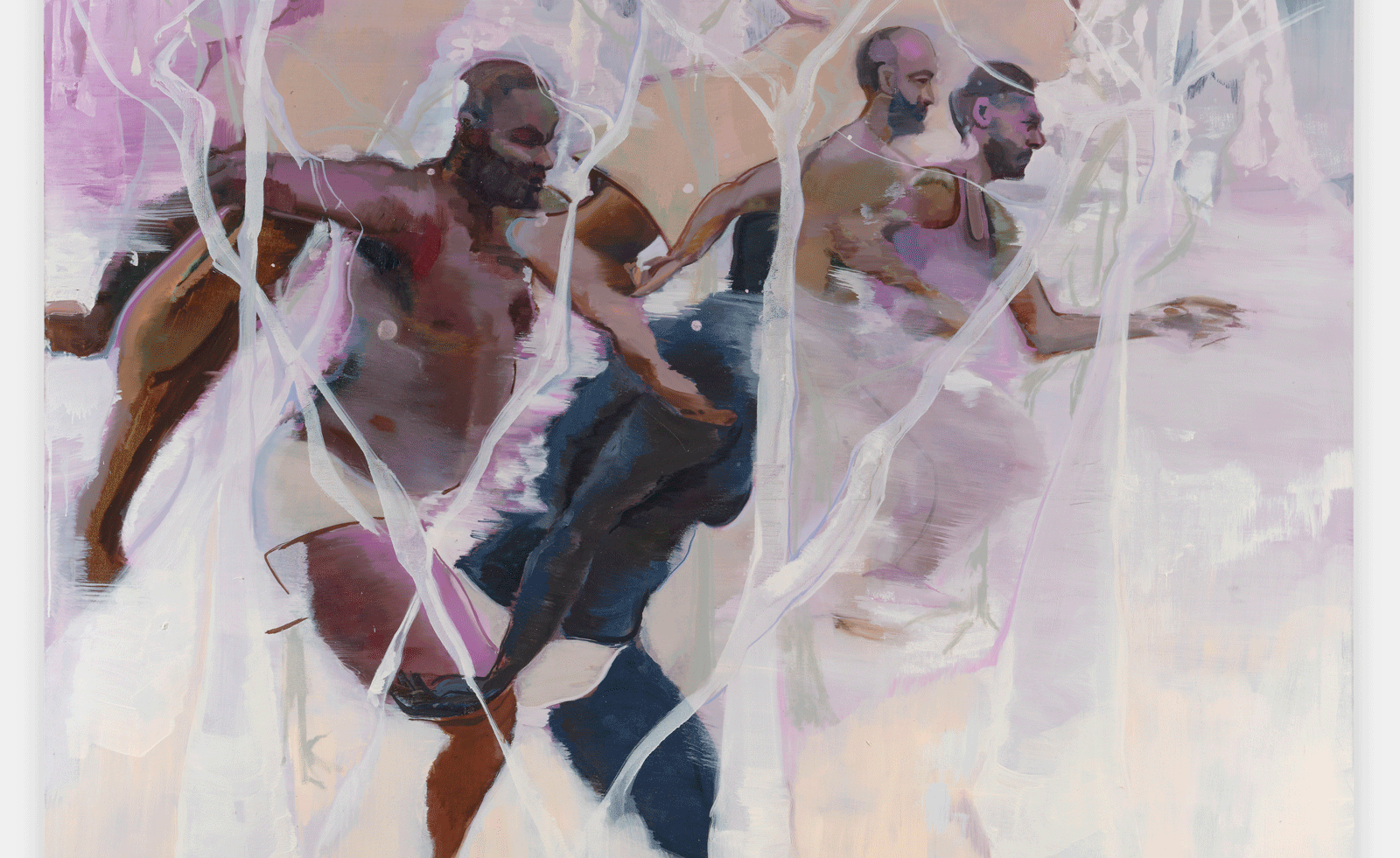 Artist Shaqúelle Whyte is a master of storytelling at Pippy Houldsworth Gallery
Artist Shaqúelle Whyte is a master of storytelling at Pippy Houldsworth GalleryIn his London exhibition ‘Winter Remembers April’, rising artist Whyte offers a glimpse into his interior world
-
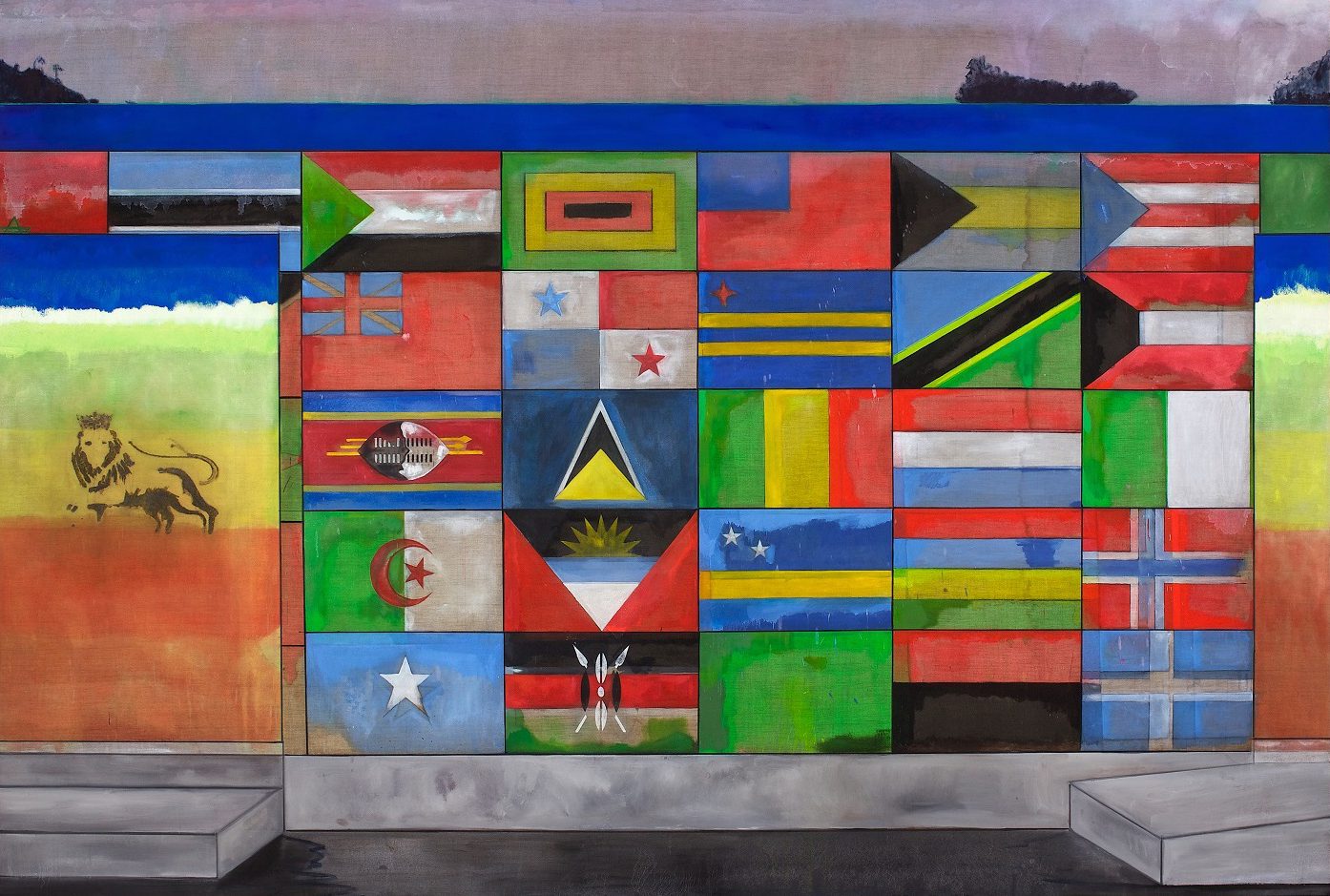 ‘Sit, linger, take a nap’: Peter Doig welcomes visitors to his Serpentine exhibition
‘Sit, linger, take a nap’: Peter Doig welcomes visitors to his Serpentine exhibitionThe artist’s ‘House of Music’ exhibition, at Serpentine Galleries, rethinks the traditional gallery space, bringing in furniture and a vintage sound system
-
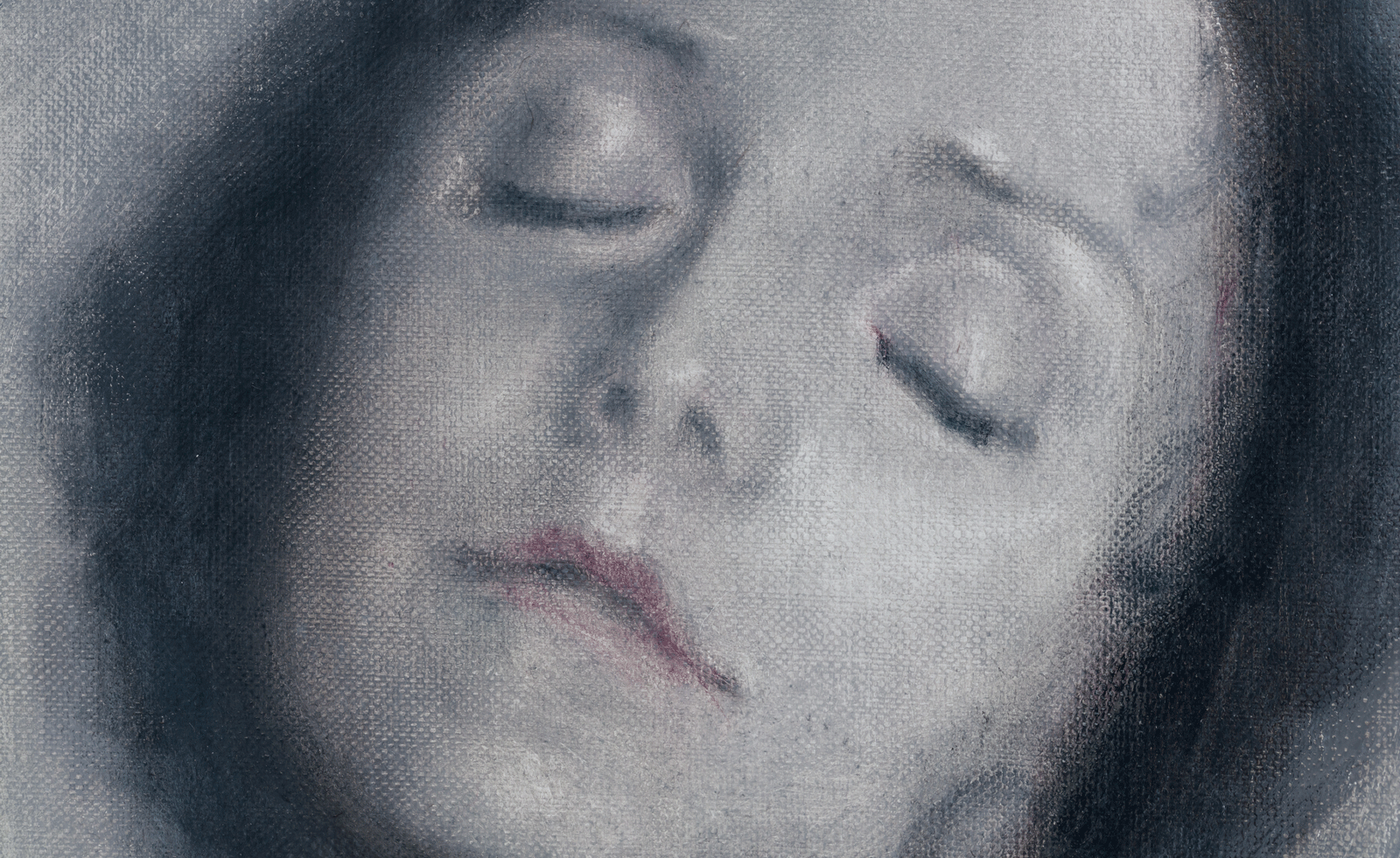 Classic figurative painting is given a glamorous and ghostly aura by Polish artist Łukasz Stokłosa
Classic figurative painting is given a glamorous and ghostly aura by Polish artist Łukasz StokłosaThe gothic meets the glamorous in Stokłosa’s works, currently on show at London’s Rose Easton gallery